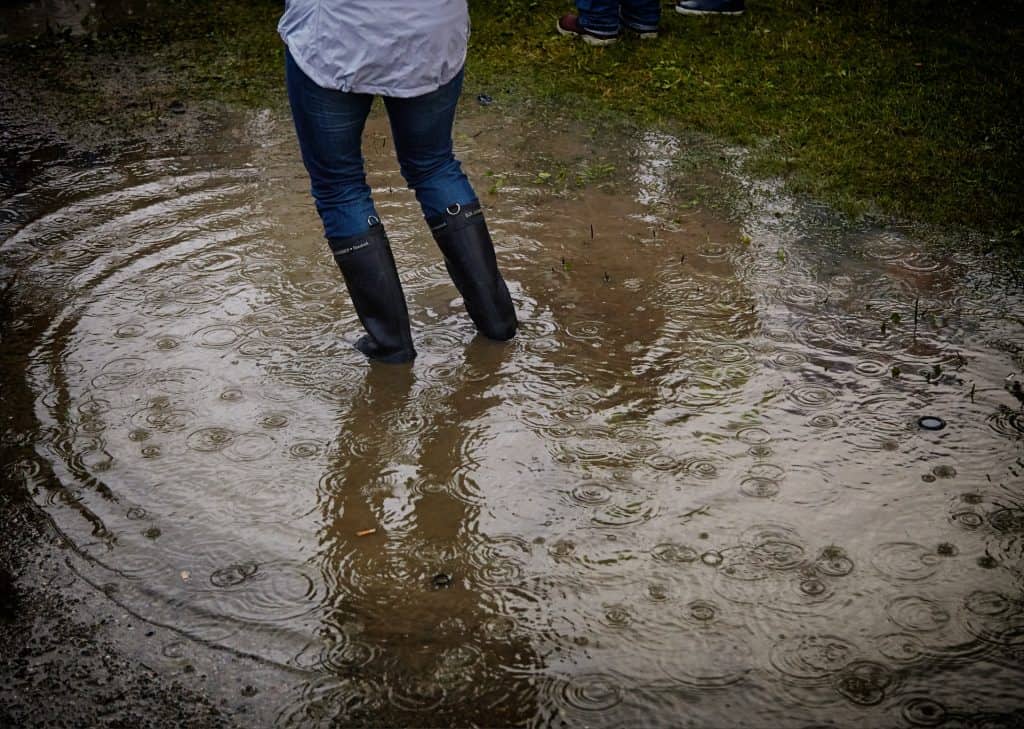Understanding Soakaways: A Comprehensive Guide
Soakaways play a crucial role in managing surface water drainage, preventing flooding, and maintaining the health of our environment. Whether you’re a homeowner, a builder, or just someone curious about sustainable water management, this guide will provide you with essential information on what soakaways are and why they are important.
What is a Soakaway?
A soakaway, also known as an infiltration pit or drainage pit, is a sustainable drainage system designed to manage and control surface water runoff. The primary purpose of a soakaway is to collect rainwater and allow it to percolate into the ground, preventing waterlogging and reducing the risk of flooding.
Components of a Soakaway:
- Inlet:
- The inlet is the point where surface water enters the soakaway. This is typically connected to roof gutters or surface drains that collect rainwater.
- Storage Area:
- The storage area is a chamber or structure that temporarily holds the collected water. It can be made of various materials such as crates, rubble, or proprietary soakaway systems.
- Percolation Area:
- This is the section where water gradually seeps into the surrounding soil. The percolation rate of the soil is a critical factor in designing an effective soakaway.
- Outlet:
- The outlet allows excess water to drain away once the soakaway reaches its capacity. It prevents waterlogging and ensures the system functions optimally.
Why Soakaways are Important:
- Flood Prevention:
- Soakaways help manage excess rainwater, preventing surface water runoff from overwhelming drainage systems and causing flooding.
- Groundwater Recharge:
- By allowing water to percolate into the ground, soakaways contribute to groundwater recharge, maintaining a healthy water table.
- Sustainable Water Management:
- Soakaways promote sustainable water management by reducing the reliance on traditional drainage systems and minimizing the environmental impact of surface water runoff.
Design Considerations:
- Site Assessment:
- Before installing a soakaway, it’s crucial to assess the site’s soil type, drainage characteristics, and local regulations.
- Sizing:
- Proper sizing ensures the soakaway can handle the anticipated volume of water. Factors such as roof area, rainfall intensity, and soil permeability influence sizing.
- Maintenance:
- Regular maintenance is essential to ensure the long-term effectiveness of a soakaway. This may include inspecting the inlet, clearing debris, and monitoring the percolation rate.
Soakaways are an integral part of sustainable water management, playing a vital role in preventing flooding and protecting the environment. Understanding the components, design considerations, and maintenance requirements is essential for anyone considering the installation of a soakaway. By implementing these systems responsibly, we can contribute to a more resilient and environmentally friendly approach to water drainage.
For expert advice on the correct soakaway or maintenance of a soakaway for your property, contact us today!
